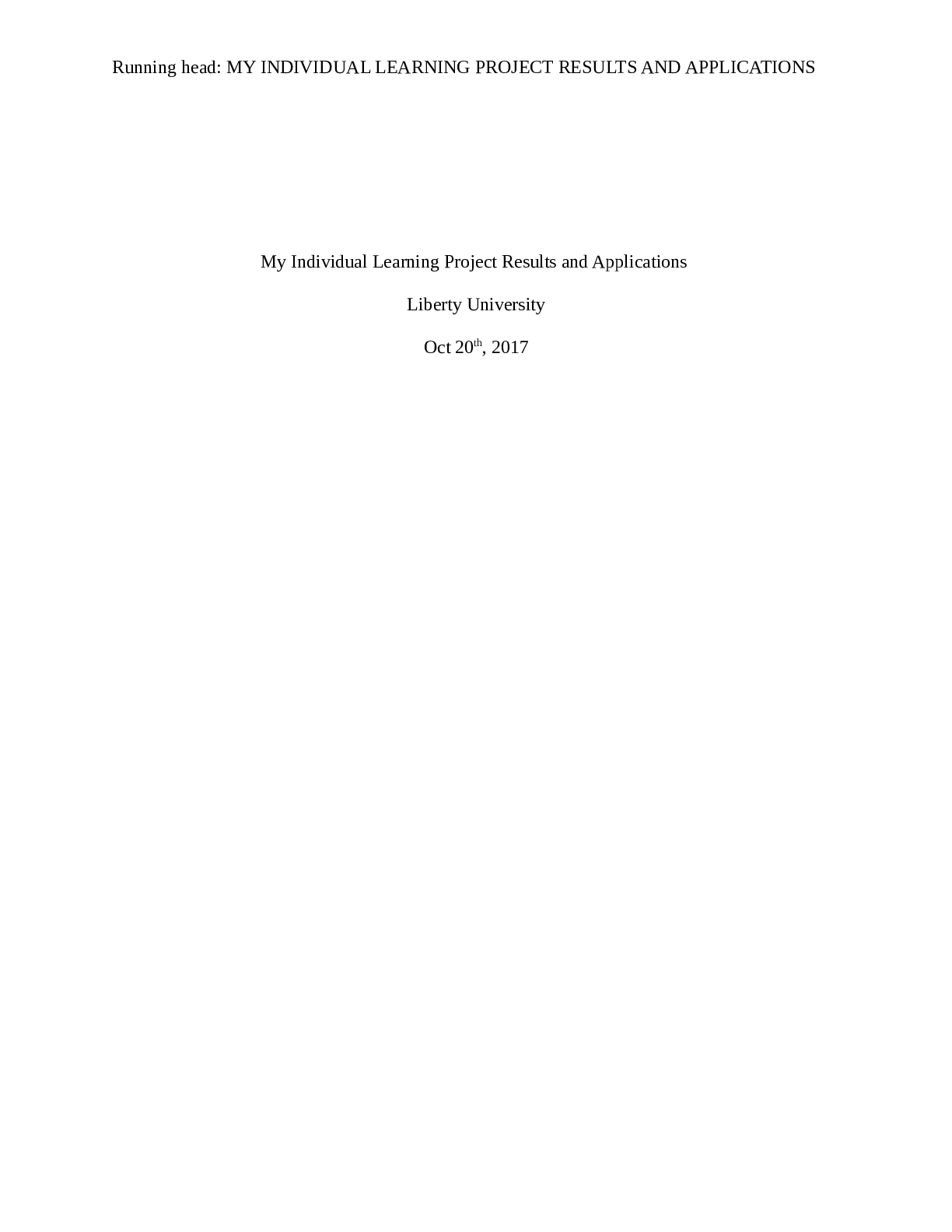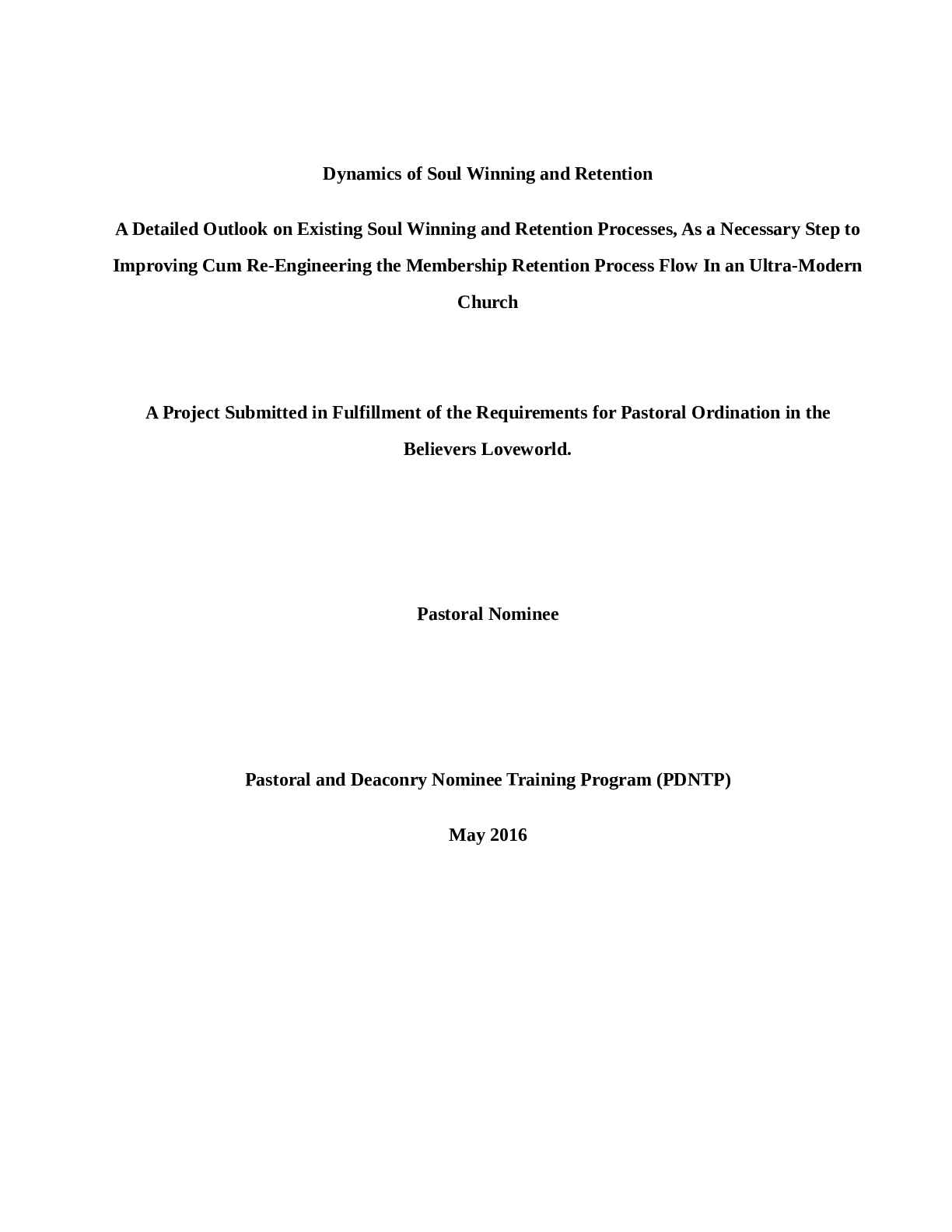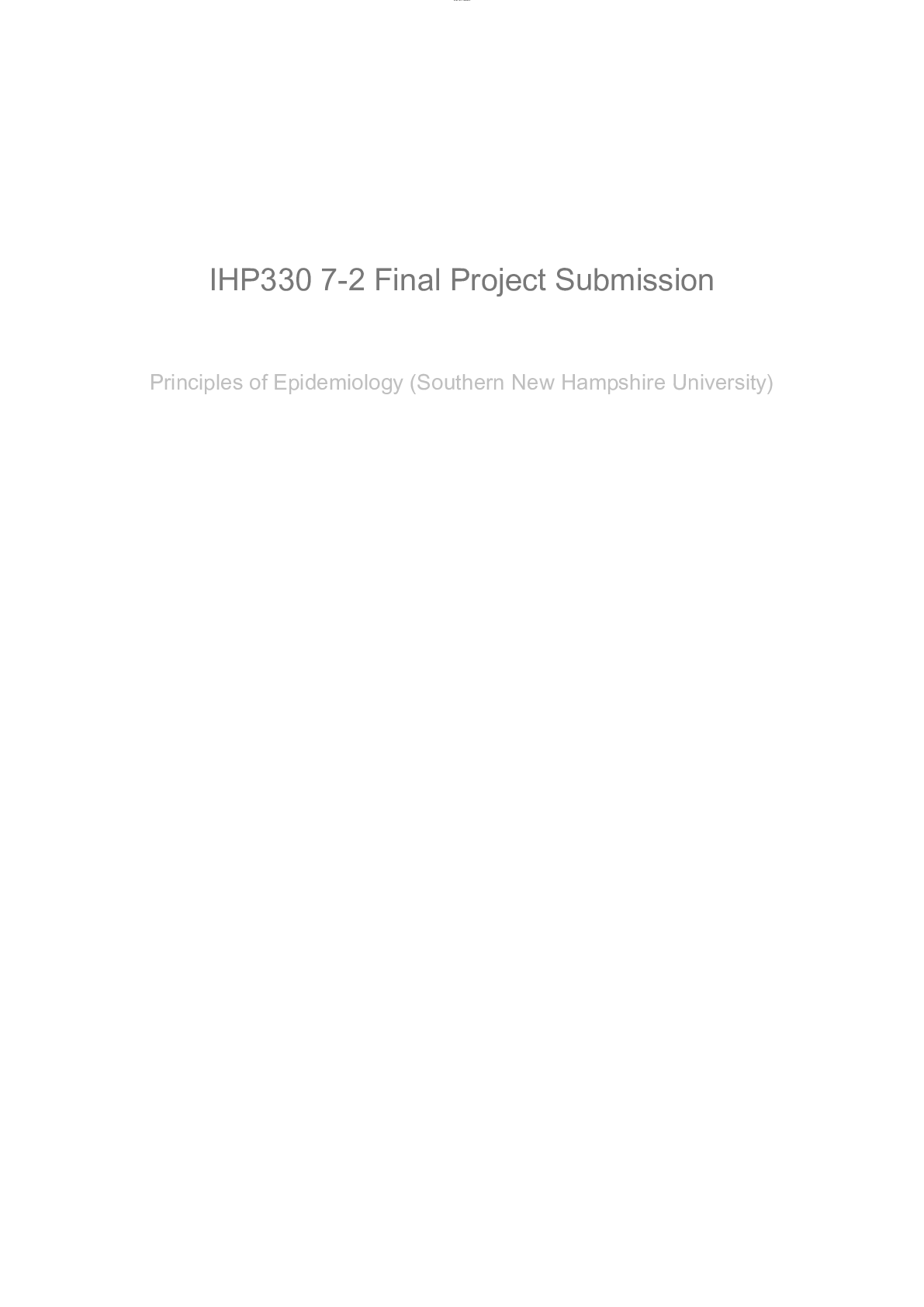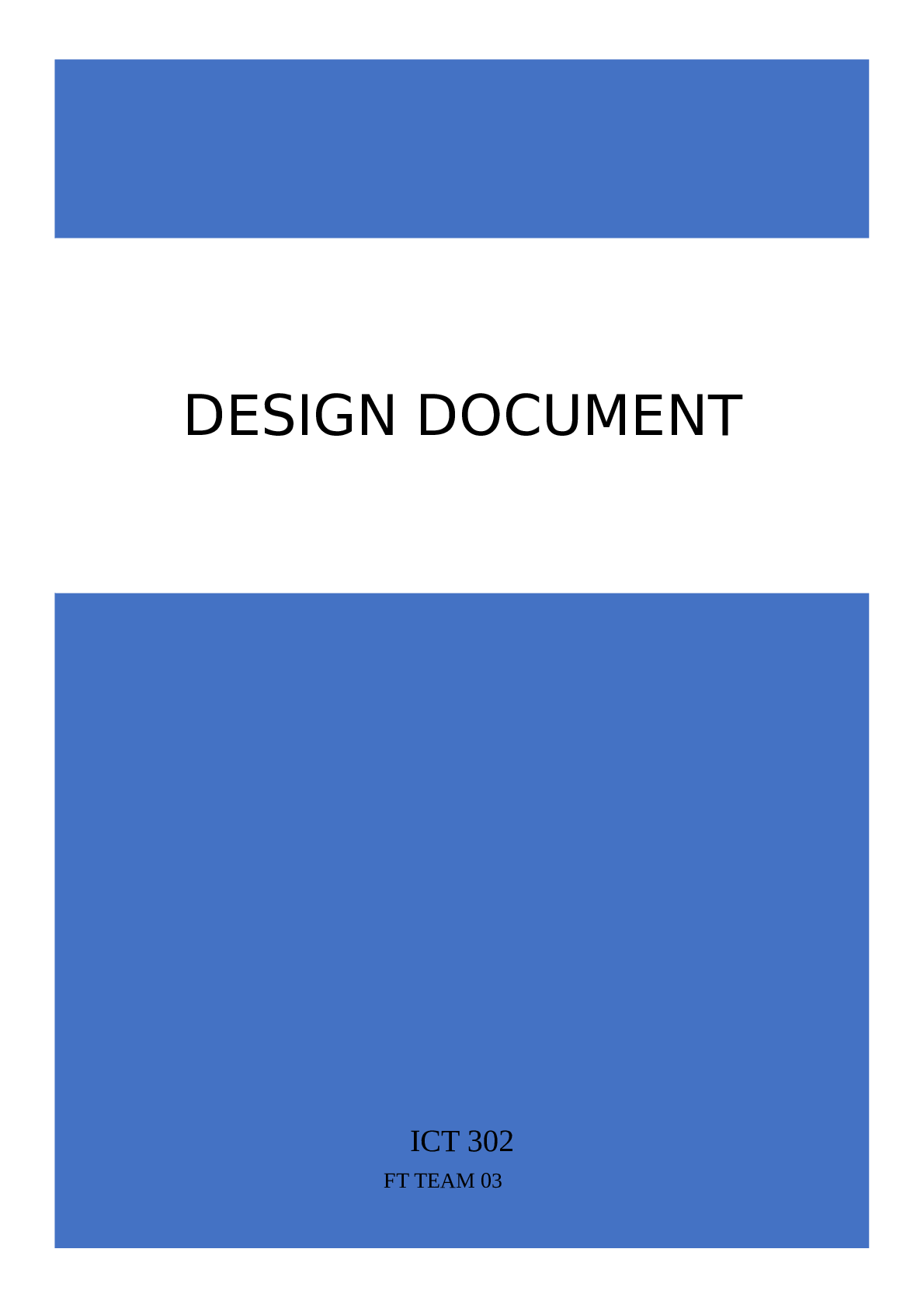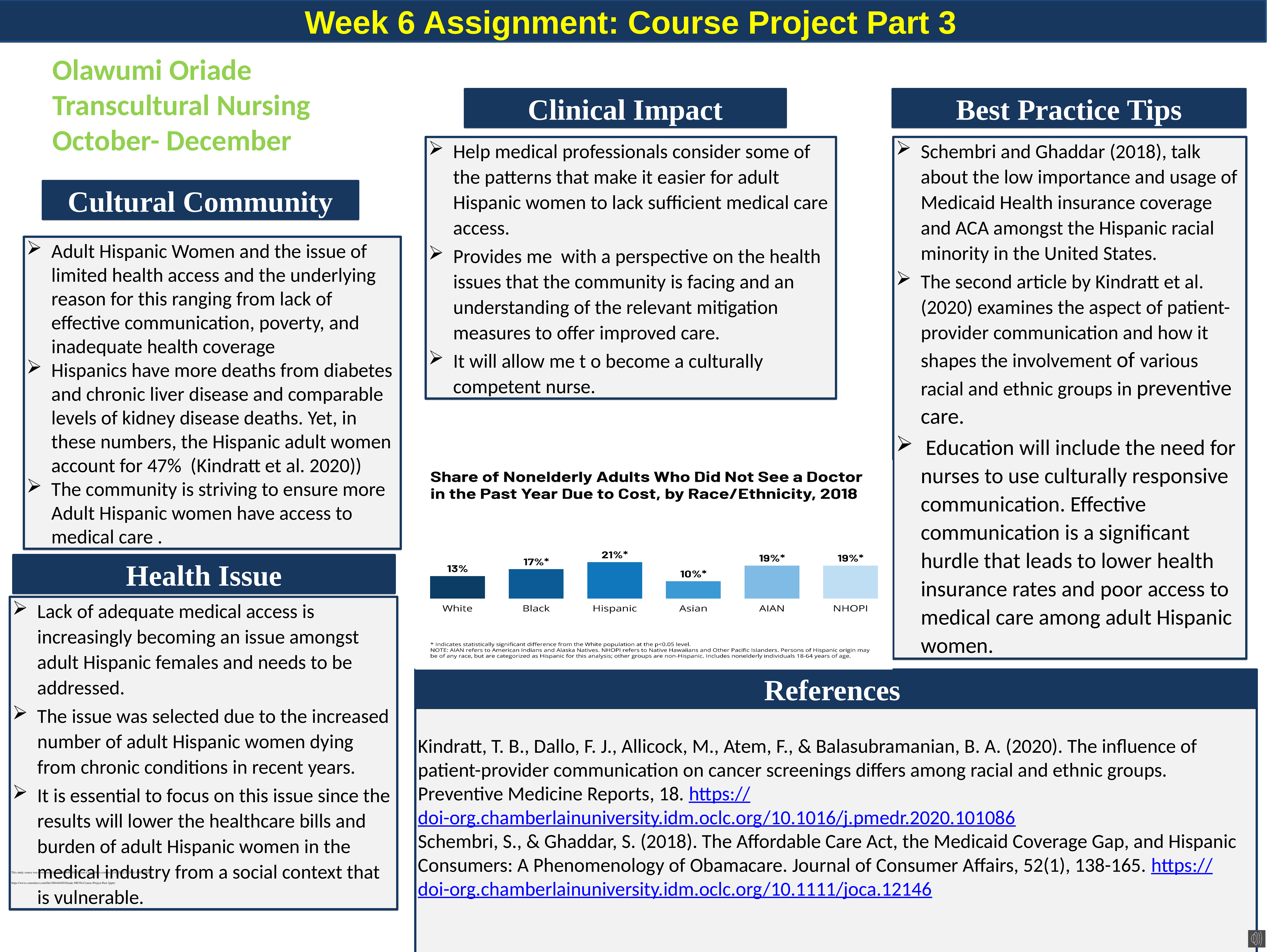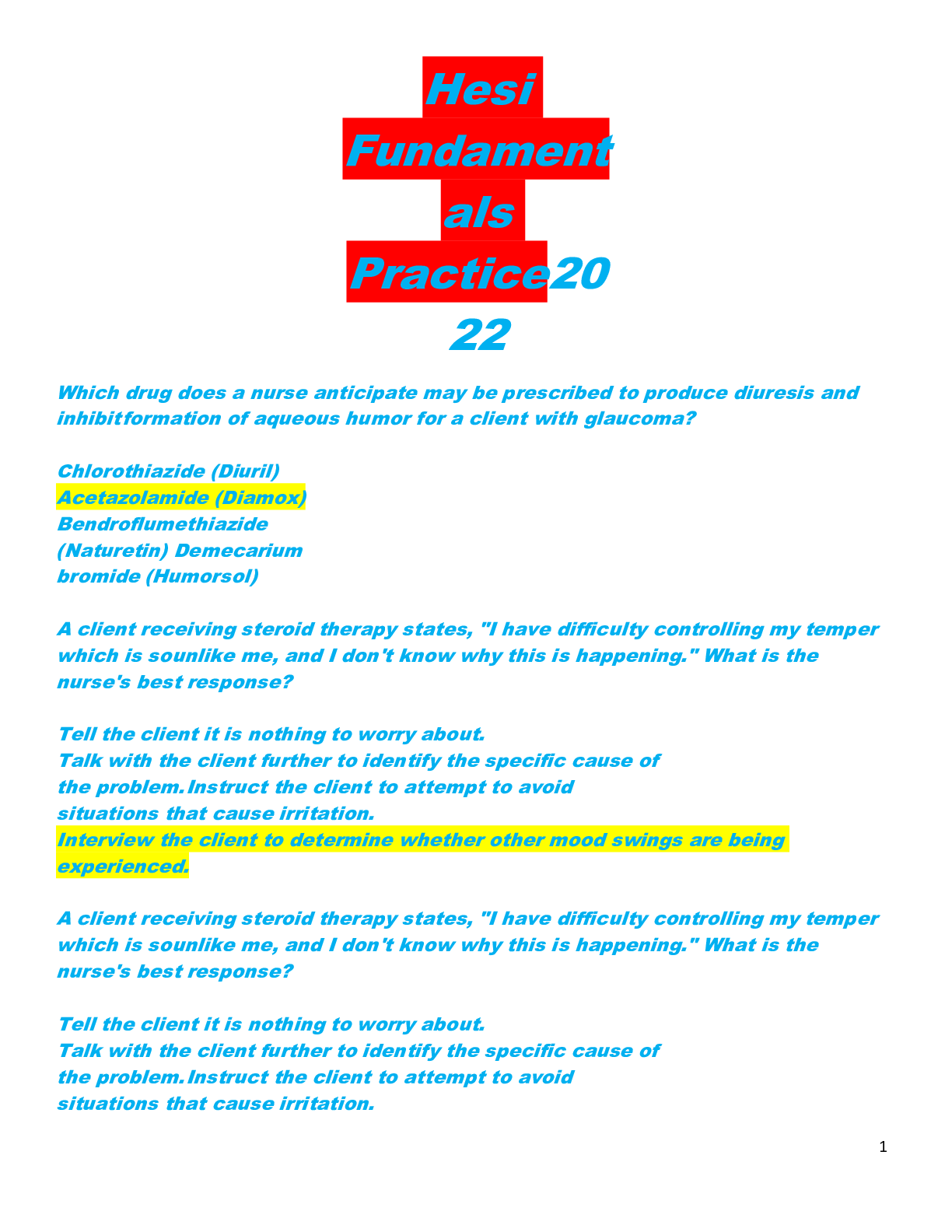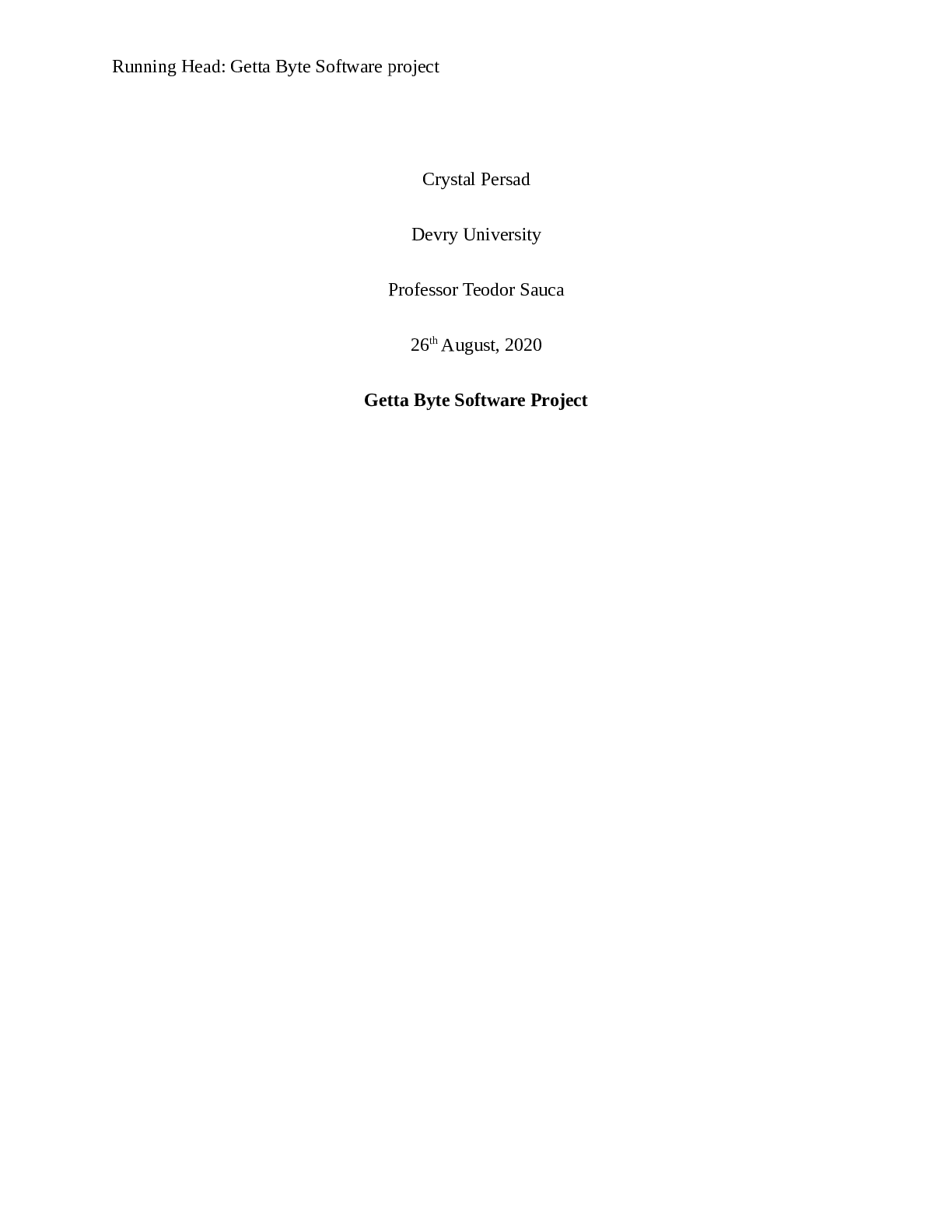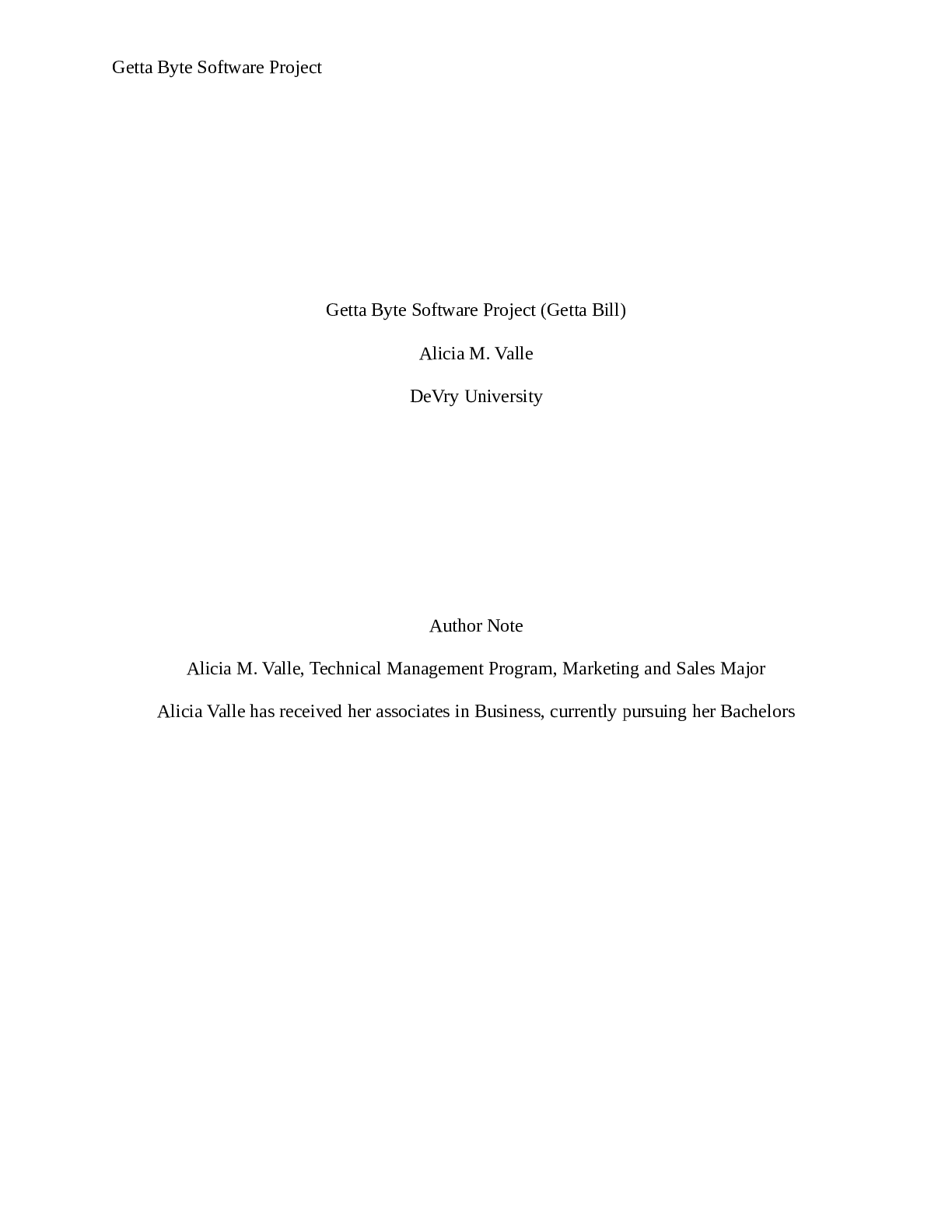*NURSING > PROJECT FINAL > NURS 498 QI project.shelleyIson_ IMPROVING THE PROCESS OF BEDSIDE SHIFT REPORT (All)
NURS 498 QI project.shelleyIson_ IMPROVING THE PROCESS OF BEDSIDE SHIFT REPORT
Document Content and Description Below
Running head: IMPROVING THE PROCESS OF BEDSIDE SHIFT REPORT 1 Improving the Process of Bedside Shift Report A Quality Improvement Project NURS498 B001 Win18 Professor Nancy SpahrIMPROVING THE P... ROCESS OF BEDSIDE SHIFT REPORT 2 Abstract An increased number of patient safety events on 9 South Intensive Care Unit (9SICU) can be attributed to miscommunication of patient information during shift change. An immense amount of evidence supports the implementation of bedside shift report as the standard approach to provide effective communication by nursing staff. The purpose of this quality improvement (QI) project is to decrease the number of patient safety events related to miscommunication of patient information at shift change by improving the process of bedside shift report. An investigation was completed to identify barriers that interfere with nurse to nurse hand off report. Barriers that were identified in the failure of staff not being proficient in bedside report were lack of a standardized hand off report sheet, frequent interruptions, and patient confidentiality. Through evidenced based research and Lewin’s theory of change staff was provided rationale for compliance in standardized end of shift reporting. In order to promote effective and efficient communication and refine the current practice of bedside shift report a well-designed standardized nurse to nurse hand off report sheet specific to 9SICU patient census was created. It is critical that 9SICU nurses understand the positive impact that consistent and effective shift report has on providing safe, quality patient care.IMPROVING THE PROCESS OF BEDSIDE SHIFT REPORT 3 Introduction End- of- shift report is a critical process in which the nurse going off shift transfers important patient information to the nurse coming on shift. During this time critical information involving the patient’s current status along with future plans of care must be communicated efficiently. “Communication of patient status during handoffs is essential to continuity of care and patient safety” (Holly, 2014, p.177). A growing body of research supports that best practice during end-of-shift report is at the patient’s bedside using a standard handoff tool for communicating patient’s needs and information. Not only does this standardized practice improve patient safety but it also allows patient participation in care which in return increases patient satisfaction (Holly, 2014). However, working in an intensive care unit (ICU) end-of-shift report is significantly important because patients are usually unable to participate in their selfcare activities making them vulnerable to medical errors. A recent increase in patient safety events on 9 South Intensive Care Unit (9SICU) has prompted a need for investigation leading to a change in their end-of-shift report process. From October 2017 to December 2017 9SICU has seen an increase in patient safety events primarily in patient self-extubating at shift change, medication incompatibility related to failure in tracing intravenous (IV) lines (by failing to use the two nurse review method at shift change), and improper programing of medication on IV pumps (by failing to use the two nurse review method at shift change). An investigation was launched to identify the key components that attribute to these patient safety events. Results suggest failure to properly communicate patient information during shift change is the root of the problem. Despite evidenced based practice supporting bed-side shift report various methods of end- of- shift report such as verbal report outside the patient room, at the nursing station or even in a conference room continue toIMPROVING THE PROCESS OF BEDSIDE SHIFT REPORT 4 be practiced by nursing staff on 9SICU. Literature supports that when failure to comply with end-of-shift report it can cause potential failures in communication such as problems in lack of report, consistency, and structure potentially leading to adverse events. The Joint Commission (TJC) conducted a research study revealing that “poor information communication is the main risk factor for 65% and the contextual risk factor for 90% of sentinel events” (Malekzadeh, 2013, p. 177). This research thus prompted the TJC to require a standardized method of end- of- shift report as part of the National Patient Safety Goals in 2009 (Malekzadeh, 2013). In 2015 Carilion Roanoke Memorial Hospital (CRMH) a Level 1 trauma center in Roanoke, Virginia implemented a hospital wide bedside shift report policy with a set goal that all nursing units would implement bedside shift report by the end of the 2015 fiscal year. Nursing staff on 9SICU were properly trained on implementing the change months prior to the policy become active. Recently an increased number of patient safety events have been attributed to miscommunication of patient information duri [Show More]
Last updated: 1 year ago
Preview 1 out of 19 pages

Reviews( 0 )
Document information
Connected school, study & course
About the document
Uploaded On
Jun 21, 2021
Number of pages
19
Written in
Additional information
This document has been written for:
Uploaded
Jun 21, 2021
Downloads
0
Views
44








.png)


